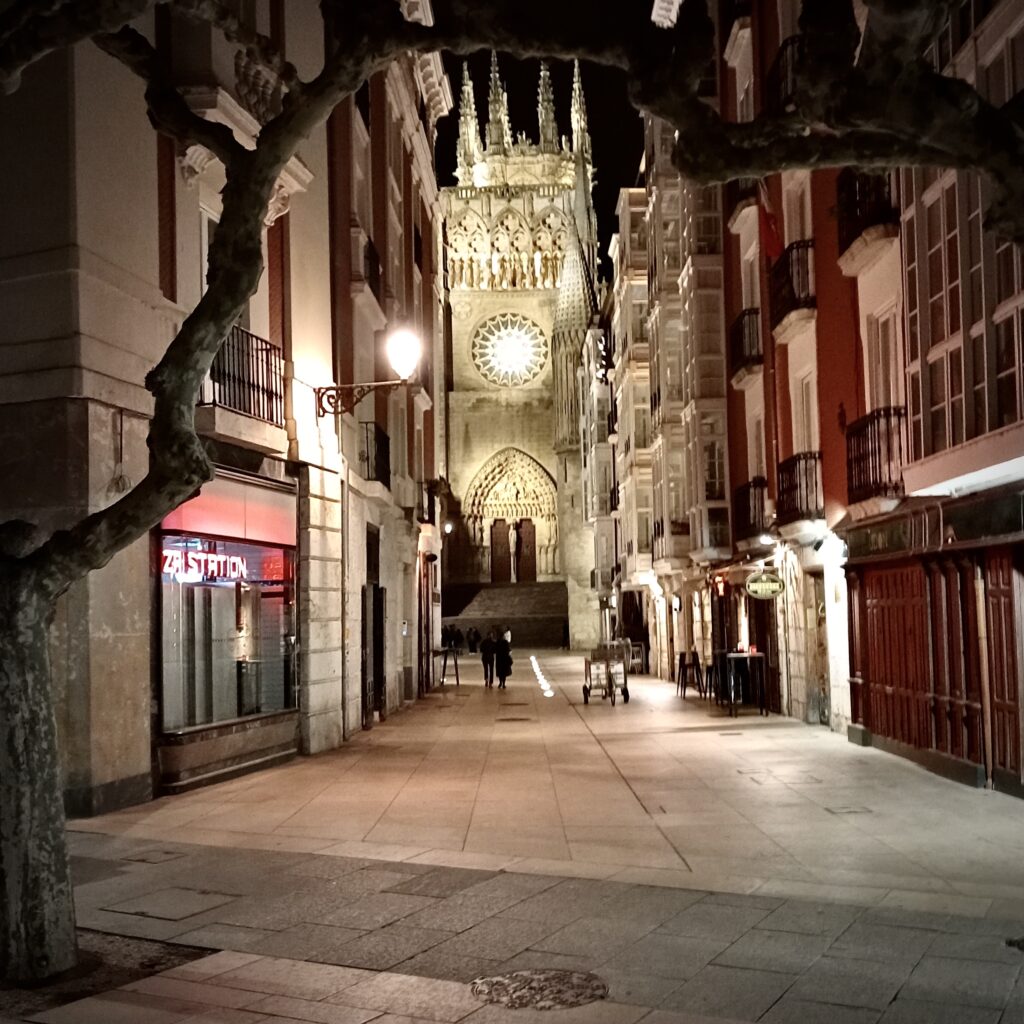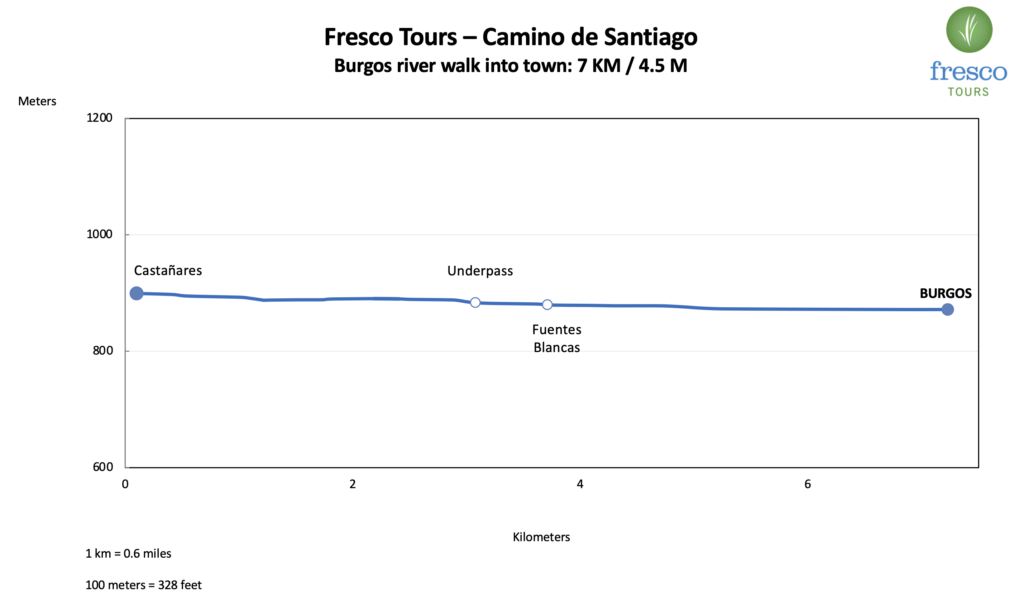Today we have a day filled with activities and an optional hike after lunch along the river into Burgos on our Camino Horizons.
Our day starts at the Atapuerca archaelogical site, where ongoing excavations take place and exciting new discoveries are found every year providing crucial insights into the prehistoric history of Europe. The site has yielded fossils and tools dating back hundreds of thousands of years, including evidence of various hominid species, such as Homo antecessor and Homo heidelbergensis. These findings have greatly contributed to our understanding of human evolution and migration patterns in Europe, making Atapuerca a pivotal location in the field of paleoanthropology.

Burgos is proud to be the only city in Spain that boasts a cathedral that in itself is a World Heritage Site. Although other cathedrals in Spain have also been included in this exclusive list, they are all part of a historic city centre World Heritage Site. The reasons that make the Burgos Cathedral unique are twofold: the cathedral not only ”sums up the entire history of Gothic art,” but it is also ”intimately linked to the history of the Reconquista and Spanish unity” (UNESCO).

If there is a name that is associated with the Castilian Reconquista, it is Don Rodrigo Díaz de Vivar, better known as El Cid. After his epic death in Valencia, El Cid was brought to Burgos to be buried. His remains are now found in a humble tomb in the transept of the cathedral.








